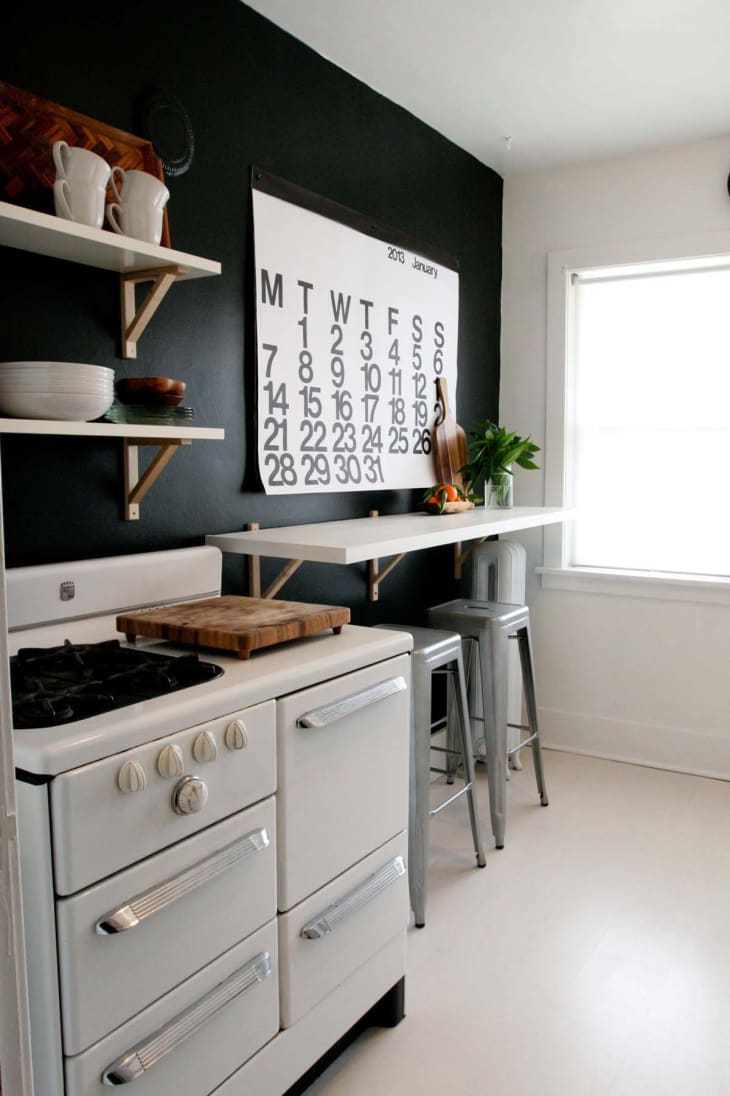Block Scheduling Versus To-Do Lists: How to Budget Your Time

To-do lists, while necessary, are the minutiae of what we do with our time, and mostly detail the things we have to do as opposed to the things that are most important. Block scheduling, on the other hand, is the big picture, category-level view we need to pay attention to in order to truly be in control of our time.
Budgeting time is very similar to budgeting money: you have a certain amount of it to spend and you’re going to decide before it’s gone where it’s going. Block scheduling also unites the things that need to get done with our daily schedules.
The first step in creating a block schedule is deciding what categories of time you need to include. This is just like having a groceries, cell phone bill, and car payment category. Time categories include obvious things like work and sleep, but should also take into consideration the things that you don’t want to miss in life but that all too easily fall to the wayside from the pressure of things that must get done.
For instance, if you’ve been meaning to spend more time with an aging relative, make a block for catching up with loved ones. If you keep kicking yourself because you’re catching up on emails when you really would rather be helping the kids with their homework, make a block for spending time with the kids on their education. You get the idea.
Once you have your categories, you need to work them into a monthly calendar. Many find it easiest to color code their blocks, such as yellow for family, blue for work, gray for sleep, etc. This is the point when you’ll have to get more specific with the actual amount of time you spend on various categories. Work is probably a set amount of time, sleep should be as well, activities like yoga class or kids’ soccer are at set times for a set amount of time. Put these kinds of categories on your calendar first.
Next, fit in the categories that have flexible amounts of time or that can occur at flexible times. For instance, family time can take on many different forms and can happen at various times. But since you know you want to spend ten hours a week dedicated to uninterrupted time with your family, you can begin blocking, say four hours each Saturday, and then an hour here and there sprinkled throughout the week.
To-do lists come into play when you’re in your block, so to speak. For instance, it’s time for one of your weekly hours that’s dedicated to household management. Now’s the time to cross off the appointments you need to make, the bills you need to pay, and the permission slips you need to sign. Cleaning hour? Refer to your weekly cleaning schedule.
Once the blocks are mapped out on your calendar, you have a big picture, your big picture, that is not missing all the truly important things you “wish you had time for.”